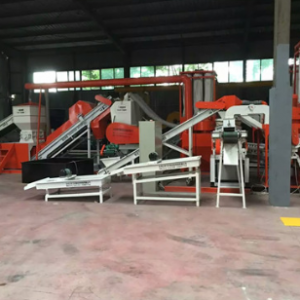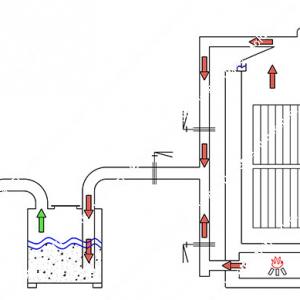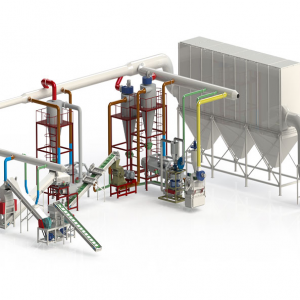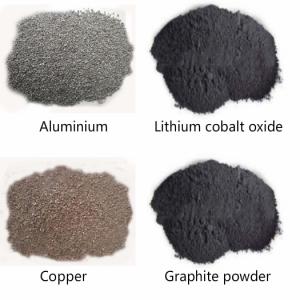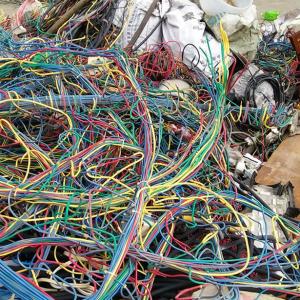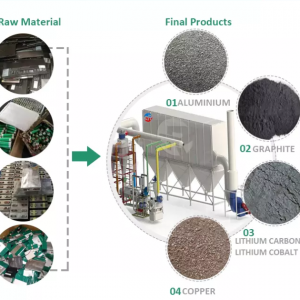Battery Recovery
Battery Recovery
At present, the support of regulations and standards for the comprehensive recycling of waste batteries in the world is not perfect. The battery standard system mainly includes disassembly, appearance identification, packaging and transportation, residual energy detection, and recycling and disassembly. Very few countries have special legislation on battery recycling, lack of access conditions, and management methods for recycling enterprises, which restrict the effective recycling of used batteries. The demonstration and application of the technology and mode of vehicle waste battery recycling equipment will be carried out, and the production of waste battery recycling equipment with Chinese characteristics will be gradually constructed.
Sherlock machinery is a manufacturer that focuses on environmental protection and produces environmental-friendly equipment. The company is gradually involved in the production of waste battery recovery equipment on the basis of the original circuit board recovery equipment and electrostatic separation equipment, stimulating the development of the recycling business of lithium battery recycling equipment. The workshop has fully automatic production equipment, combined with self-developed treatment technology, making the waste battery treatment process green environmental protection pollution-free, lead recovery rate as high as 99%, waste close to “Zero-emission”.
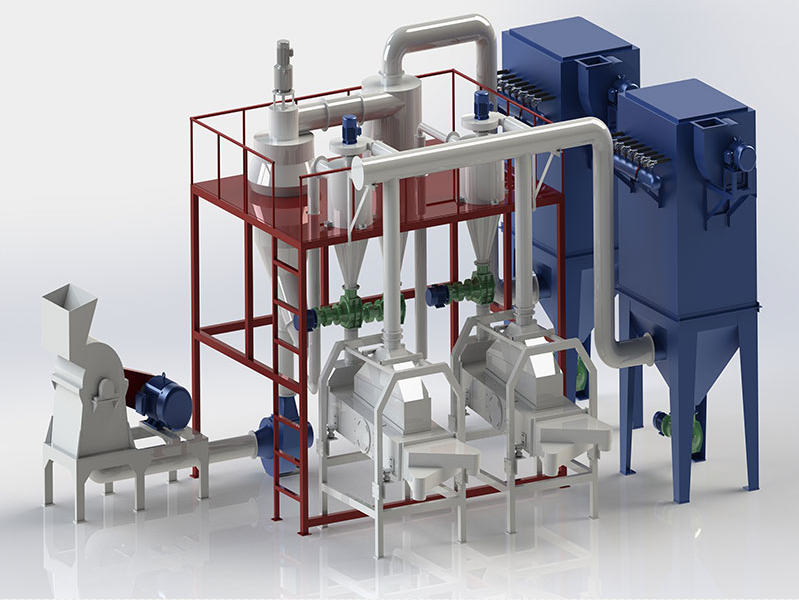
Cobalt, lithium, copper, and plastics in waste lithium batteries are precious resources and have high recovery value. Therefore, the scientific and effective disposal of waste lithium batteries not only has significant environmental benefits but also has good economic benefits. The lithium battery is mainly composed of a shell, positive pole, negative pole, electrolyte, and separator. The positive electrode is composed of lithium cobalt powder coated on both sides of the aluminum foil current collector by PVDF which plays the role of adhesion, and the negative electrode is composed of carbon powder bonded on both sides of the copper foil current collector. The effective separation of the anode materials of waste lithium batteries can promote the recycling of waste lithium batteries and eliminate the corresponding environmental impact. The common recycling methods of waste lithium batteries include hydrometallurgy, pyrometallurgy, and mechanical physics. Compared with the wet method and fire method, the mechanical physical method does not need chemical reagents and consumes less energy. It is an environment-friendly and efficient method. The structure of anode and cathode of lithium battery produced by Shibang machinery and the material characteristics of copper and carbon powder were studied. The waste anode materials of lithium batteries were separated and recovered by a combined process of hammer crushing, vibration screening, and air separation.
Lithium battery recycling equipment features:
1. The utilization of copper and carbon powder in the anode materials of waste lithium batteries can be realized by the combined process of hammer crushing, vibration screening, and air separation
2. The carbon powder and copper powder can be separated from each other effectively after the anode material is broken by hammer vibration, and then the copper powder and copper powder can be separated by vibrating sieving based on the difference of size and shape between particles. The results of hammer peelings and sieving showed that copper and carbon powder were enriched in the range of particle size larger than 0.250 mm and smaller than 0.125 mm, respectively, and the grade was 92.4% and 96.6%, which could be directly sent to downstream enterprises for recycling
3. For the broken particles with the particle size of 0.125ー0.250 mm and lower copper grade, the effective separation between copper and carbon powder can be achieved by air separation. When the air velocity is 1.00 m/s, a good recovery effect can be achieved, the recovery of copper was 92.3% and the grade was 84.4%
4. The equipment is mainly used in the lithium-ion battery to separate the aluminum, copper, and anode materials in the scrap positive and negative plates for the purpose of recycling. The complete set of equipment operates in the negative pressure state, without dust leakage, and the separation efficiency can reach over 98%.
Lithium battery recycling equipment process map:
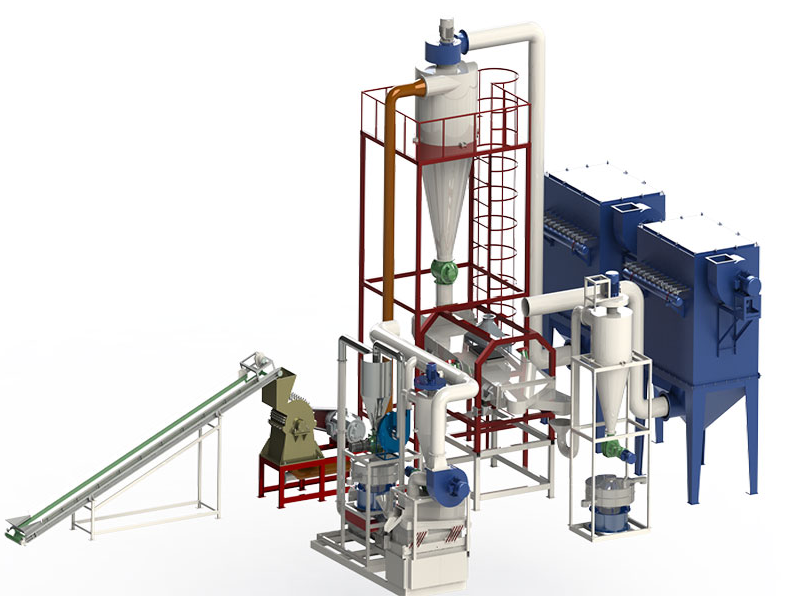
Processing capacity: 500kg-1000kg/h
Application range: mobile phone lithium battery, power lithium battery, positive electrode sheet, the negative electrode sheet
Components: crushing, wind sorting, specific gravity sorting static equipment, etc.
Working principle of lithium battery pole piece processing equipment:
The structure of the lithium battery recycling equipment and the material characteristics of its constituent materials, copper and carbon powder, use a combined process of hammer crushing, vibrating screening, and airflow sorting to separate and recover the negative electrode constituent materials of waste lithium batteries.
